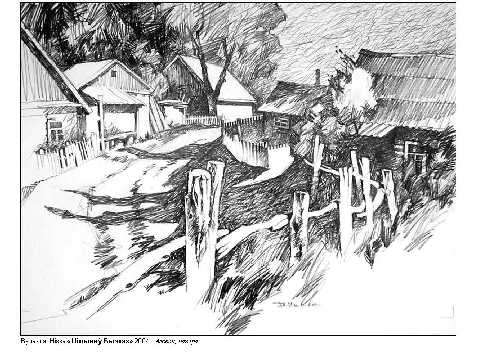
Vaslj Bika Nezagojnaya Rana Sachinenne
Bika Radhi Rana is on Facebook. Join Facebook to connect with Bika Radhi Rana and others you may know. Facebook gives people the power to share and makes.
Make sure to subscribe and i'll upload moar vids!:) ►Social Media: •Twitter: • Facebook: ►Get Moar games at: __________________________________________________________________________ Time: - --- In the shop. Modi na tuning v ets 2017. - --- Outside.
3340XX Telephone code +91 151 RJ-07 Website Bikaner ( ()) is a city in the northwest of the of,. It is located 330 kilometres (205 mi) northwest of the state capital,.
Bikaner city is the administrative headquarters of. Formerly the capital of the of, the city was founded by in 1488 and from its small origins it has developed into the fourth largest city in Rajasthan. The, completed in 1928, and the, completed in 1987, facilitated its development. The city celebrates its foundation day on by flying kites and eating special Rajasthani food that includes Bajre Ka Khichda and Imli ka Paani (Tamarind Water) among other snacks. The celebration lasts for two days, known as Chhoti Akha Teej and Badi Akha Teej. People can be seen flying kites during these two days right from the early morning at 5-6am till late sunset. Further information: Prior to the mid 15th century, the region that is now Bikaner was a barren wilderness called.
Rao Bika established the city of Bikaner in 1488. He was the first son of of the Rathore clan, the founder of and conquered the largely arid country in the north of Rajasthan. As the first son of Jodha he wanted to have his own kingdom, not inheriting Jodhpur from his father or the title of Maharaja. He therefore decided to build his own kingdom in what is now the state of Bikaner in the area of Jangladesh. Though it was in the, Bikaner was considered an on the trade route between and the coast as it had adequate spring water.
Bika's name was attached to the city he built and to the state of Bikaner ('the settlement of Bika') that he established. Bika built a fort in 1478, which is now in ruins, and a hundred years later a new fort was built about 1.5 km from the city centre, known as the Junagarh Fort. Around a century after Rao Bika founded Bikaner, the state's fortunes flourished under the sixth Raja, Rai Singhji, who ruled from 1571 to 1611. During the 's rule in the country, Raja Rai Singh accepted the of the Mughals and held a high rank as an army general at the court of the Emperor and his son the Emperor. Rai Singh's successful military exploits, which involved winning half of for the Empire, won him accolades and rewards from the Mughal emperors. He was given the (lands) of Gujarat. With the large revenue earned from these jagirs, he built the Chintamani durg (Junagarh fort) on a plain which has an average elevation of 760 feet (230 m).
He was an expert in arts and architecture, and the knowledge he acquired during his visits abroad is amply reflected in the numerous monuments he built at the Junagarh fort. Maharaja Karan Singh, who ruled from 1631 to 1639, under the suzerainty of the Mughals, built the Karan Mahal palace. Later rulers added more floors and decorations to this Mahal. Anup Singh ji, who ruled from 1669 to 1698, made substantial additions to the fort complex, with new palaces and the quarter, a royal dwelling for women and children. He refurbished the Karan Mahal with a Diwan-i-Am (public audience hall) and called it the Anup Mahal.Maharaja Gaj Singh, who ruled from 1746 to 1787 refurbished the Chandra Mahal (the Moon palace).